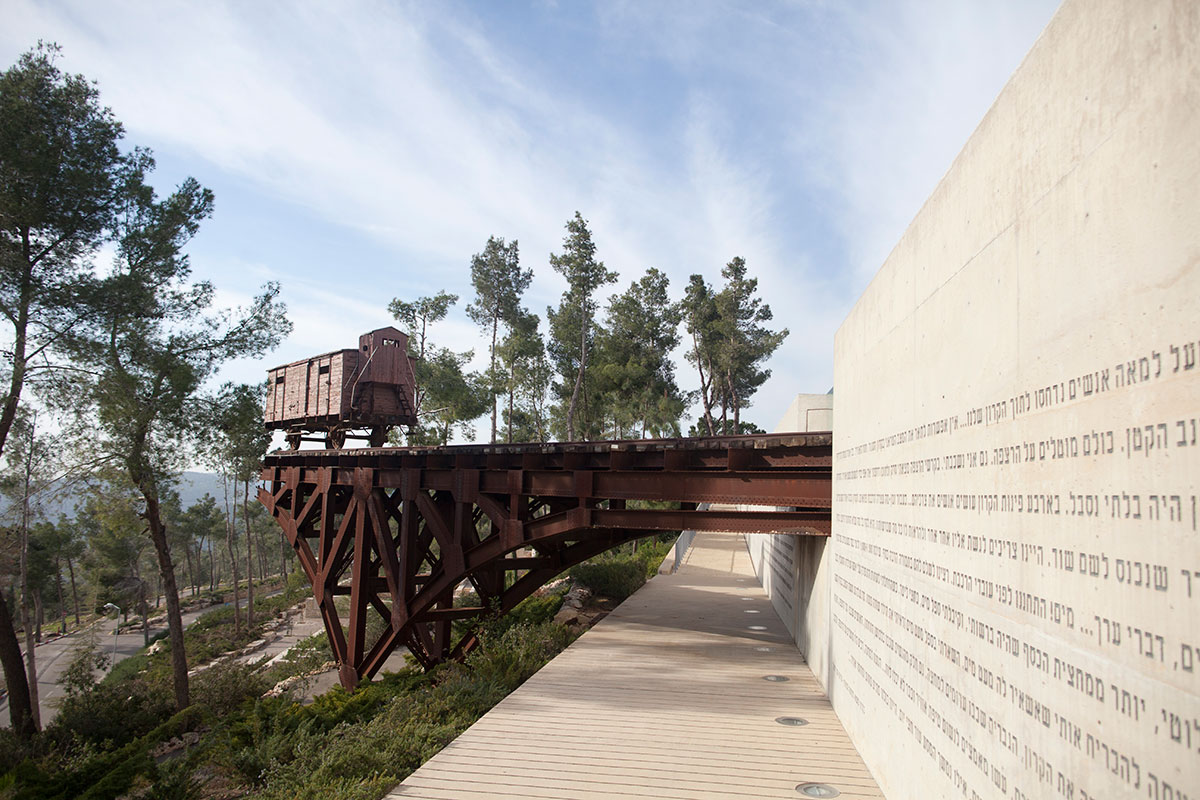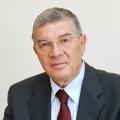
Cattle Car - Memorial to the Deportees
I am often asked how Yad Vashem intends to preserve the memory of the Holocaust after those who survived its horrors are no longer with us.
This question is informed by the apt perception that when Holocaust survivors share their stories with others, they serve as living testament to the Shoah's events and implications, thus strengthening the moral dimension of our commemoration endeavors.
Preserving the memory of the Holocaust and its relevance for future generations will always be contingent on how each generation shapes its identity and perceives its social context. Unless that memory is actually integrated into each generation's collective identity, it will recede into one more distant chapter in Jewish and human history.
Over the past decade, we have witnessed a marked increase in the scope, variety and dissemination of Holocaust research, education and commemoration, as many Jews in Israel and abroad, as well as non-Jews, reveal a genuine interest in the Shoah. The desire to remember the Holocaust era and the need to connect with its annals, learn from them and understand their significance seems to be steadily growing, with young people around the world steering and expanding it toward ever-wider circles. This is apparent in Israel, and it is evident as well in Jewish communities abroad, including the US, where some 73 percent of the Jewish respondents to the recent Pew Foundation report indicate that the Holocaust continues to plays a key role in their Jewish identity.
The need to continue a connection with this chapter in Jewish history, compounded by the objective challenges of passing time, have spurred Yad Vashem to intensify our information-gathering efforts among survivors and their families. We spare no effort in locating and preserving their testimonies, via videos, memoirs, and recording the names of those who were murdered. We also systematically collect photos, documents, artwork and personal effects, and any other piece of information from and about victims and survivors, attesting to their own ordeals and those of their murdered loved ones.
Such diverse and inspiring sources - a clandestine letter smuggled to a loved one, a diary written under threat of death, artwork painted in a ghetto, etc. -- are truly invaluable. Preserving them effectively, long after the passing of those who originally bequeathed them to us, requires dedication, sensitivity and professionalism. Thus we make remarkable documentation accessible, so that it can be incorporated into numerous contexts of Holocaust remembrance and education.
Making these materials digitally accessible to the public is a complex and demanding endeavor, but it is our vital mission in the face of serious challenges to Shoah remembrance brought about by the inevitable passage of time.
Today, there is greater public understanding than ever that the Holocaust engendered deep rifts and chasms among the Jewish people. We must seek to bind these rifts in order to ensure ongoing safe, productive Jewish existence, and to secure the Holocaust's unique role in global discourse, with the aim of reinforcing basic human principles -- the right of all people to life, dignity and self-expression - and of strengthening the fight against antisemitism, racism and xenophobia.
A version of this article first appeared in Yisrael Hayom.










